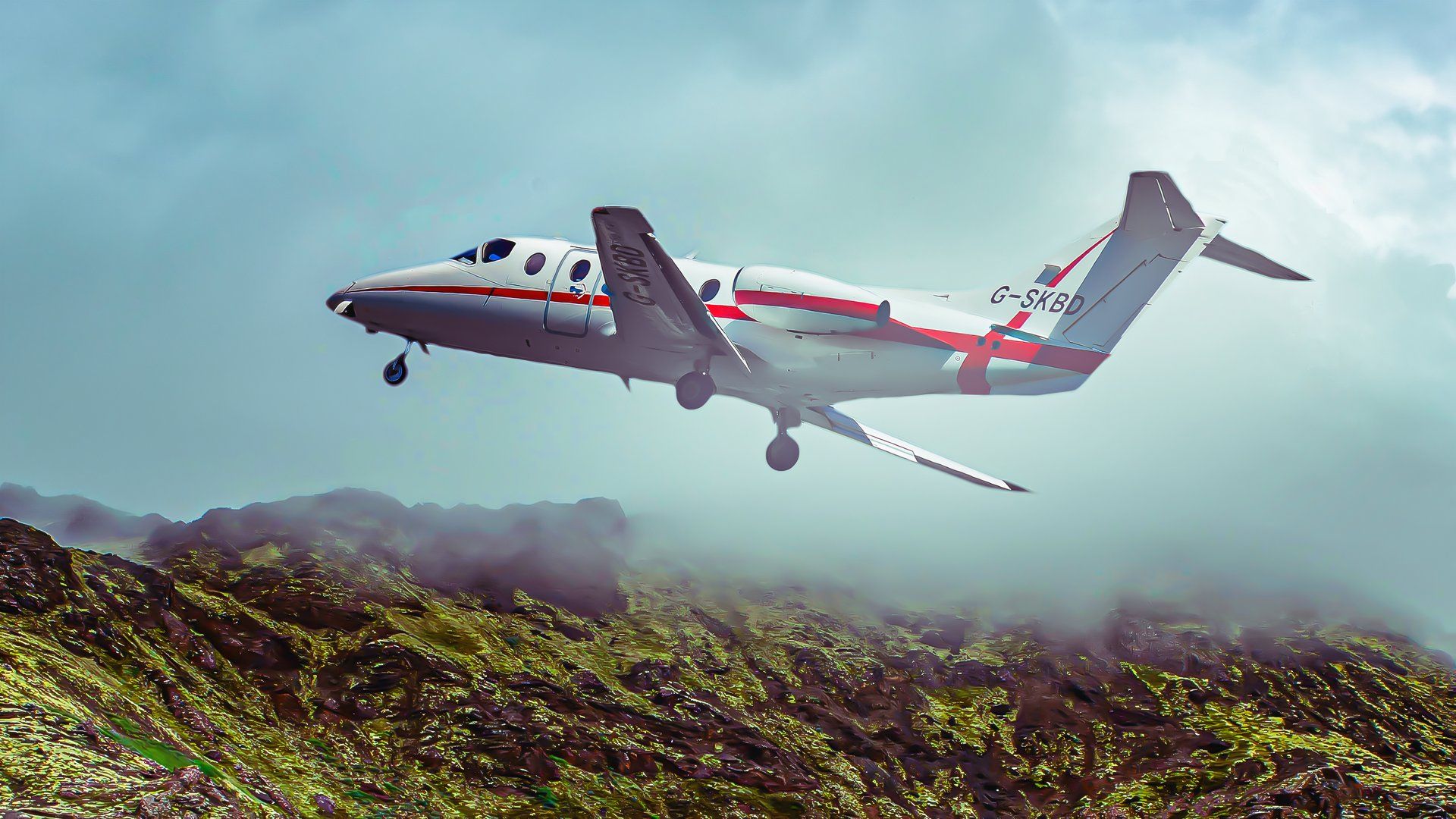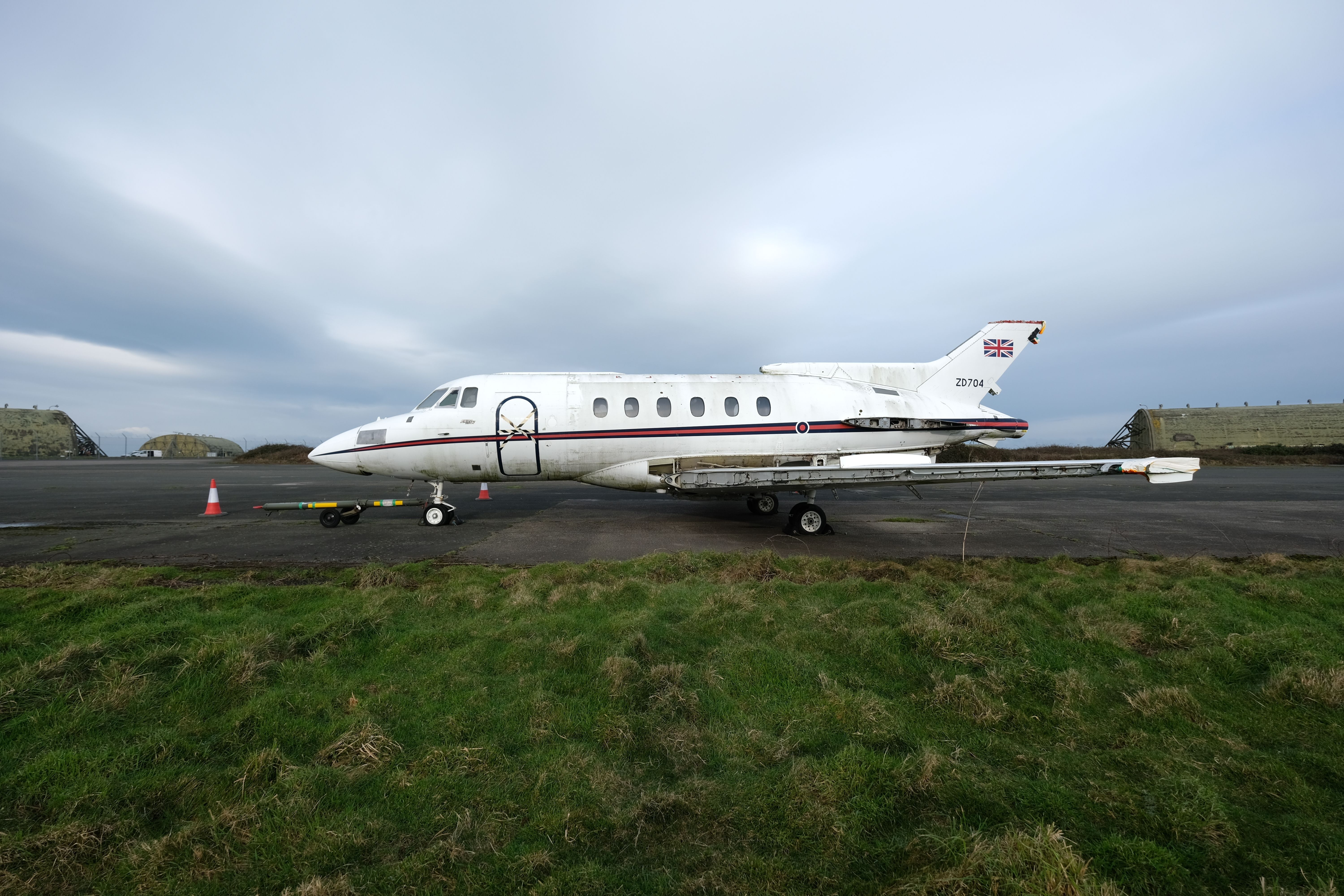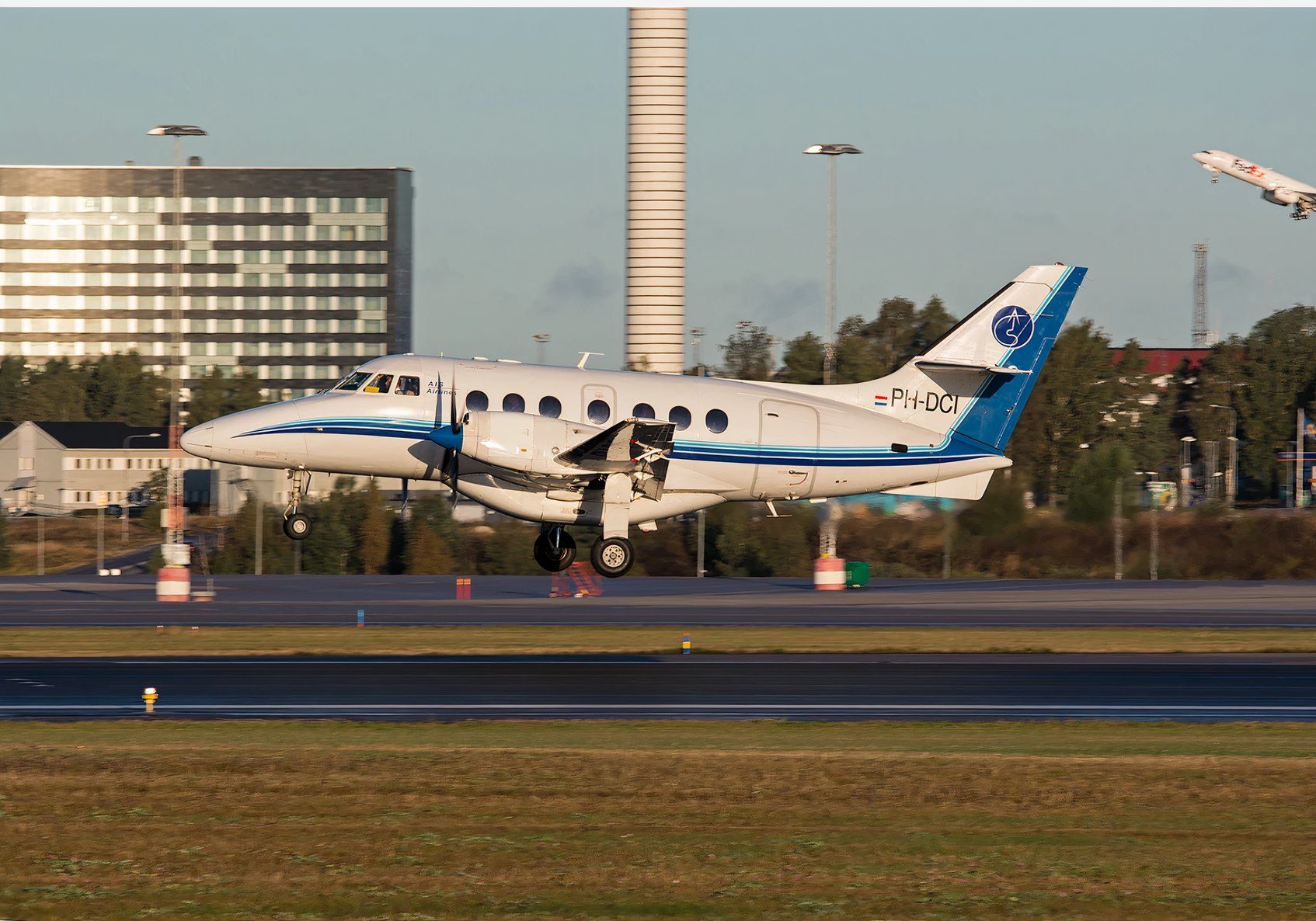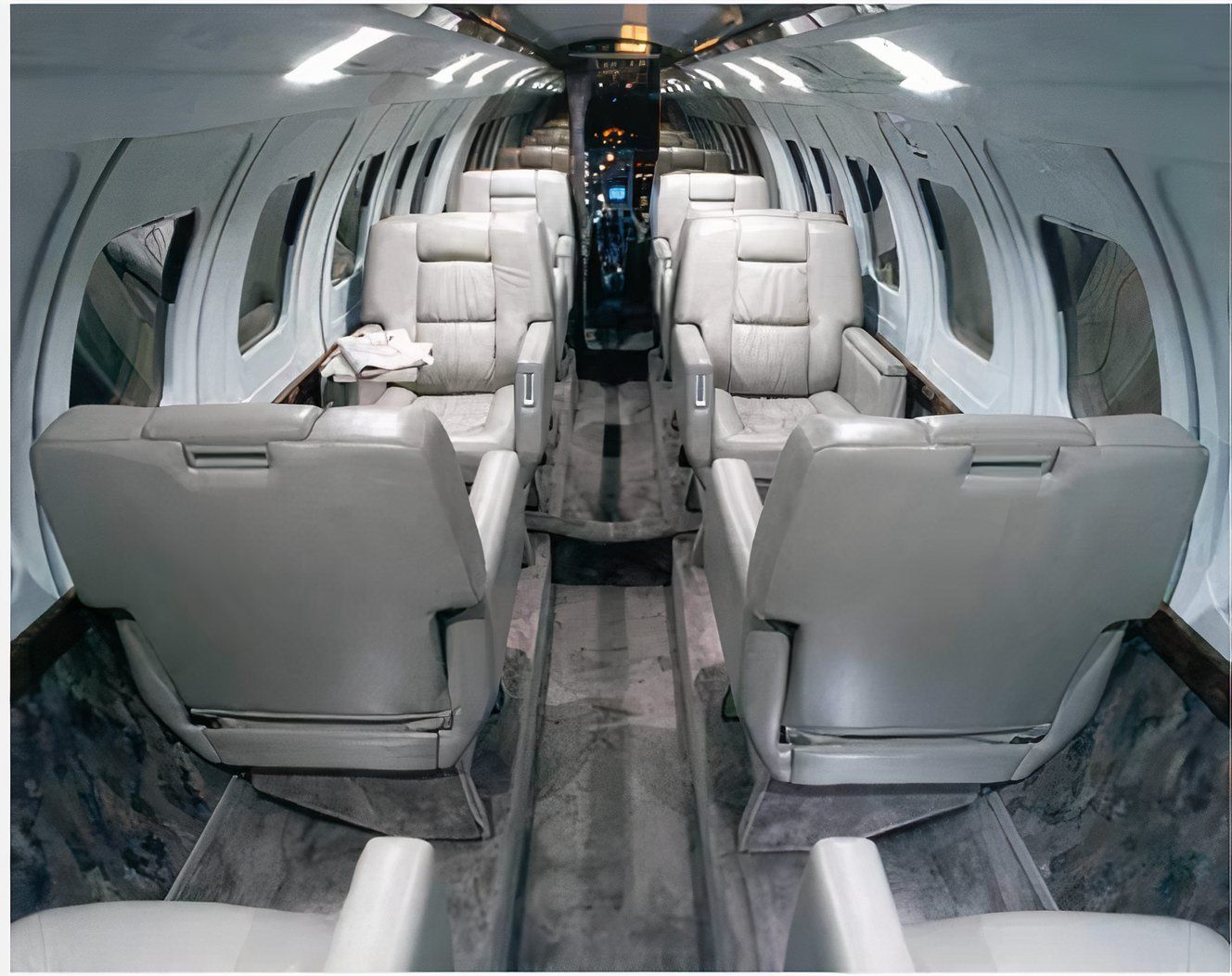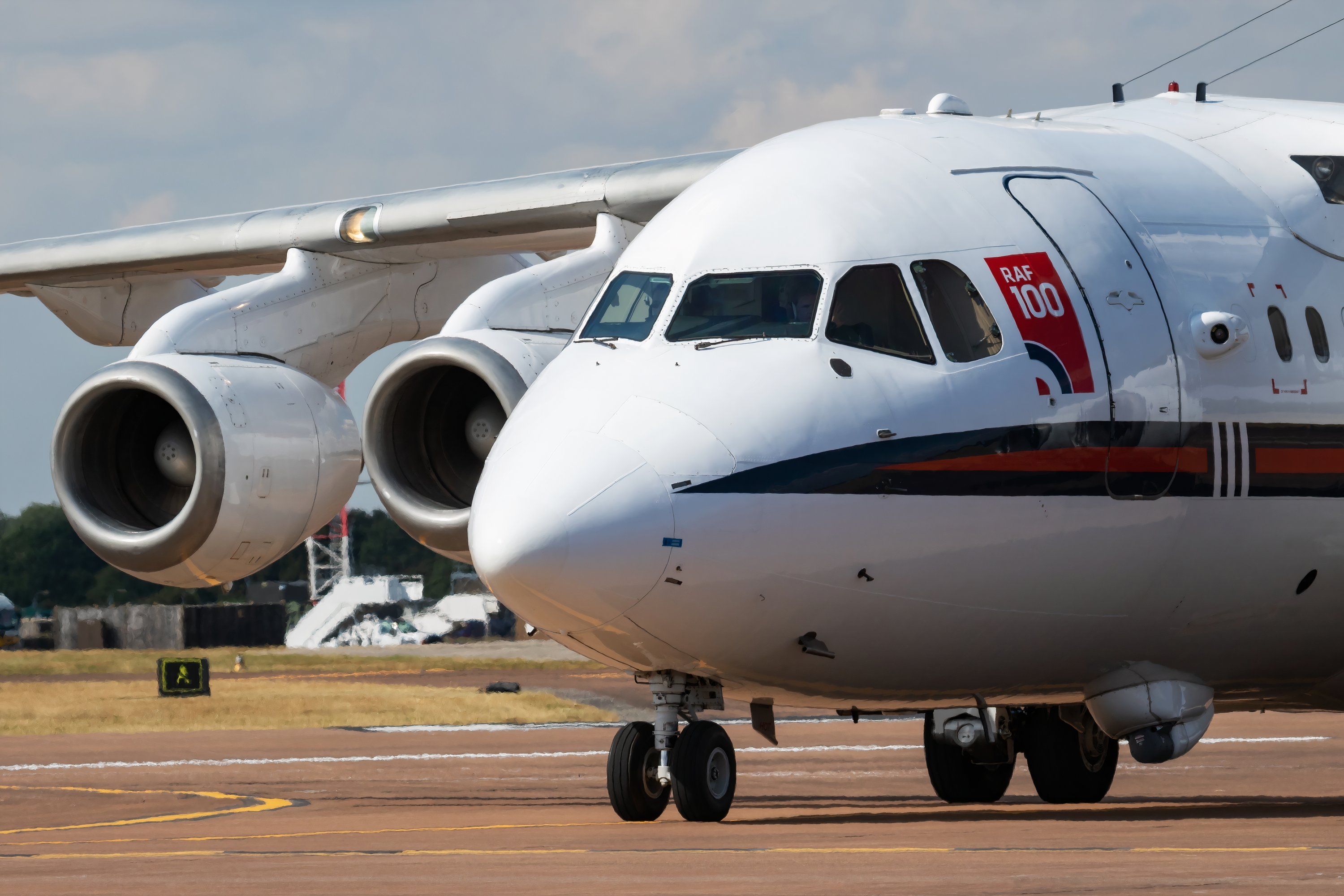Summary
- British Aerospace’s Hawker 800 series jets, with variants like the Hawker 750 and 800XP, were popular.
- However, production of the Hawker Jets has ceased since 2013, and many are still flying today.
- While BAE Systems now focuses on military innovations, its private jet division with Textron Aviation provides ongoing global service support, and the legacy should live on with Citations.
Today, when most people think about British Aerospace (or BAE Systems as it is called post-merger), they think about their Harrier II—the second iteration of Hawker Siddley’s Harrier for military aircraft or the
BAe 146
for civilian jet—but little do most people know that British Aerospace also made a private jet.
The Hawker jet British success story
British Aerospace had a corporate jet division and two sides of the business – one made dedicated private aircraft, and the other did corporate airliners.
The British Aerospace 125 was a mid-size twinjet business jet developed by de Havilland and dubbed the “DH.125 Jet Dragon”. It then entered production under the name Hawker Siddeley until 1977, after which its variants were marketed as the Hawker 800.
Photo: JANUSZ KONARSKI | Shutterstock
Much like today’s corporate jet market, North America has the most customers. Over 60% of the aircraft’s total sales were in this region. In Europe, it was mainly utilized as a navigation trainer and had the internal name “Dominie T1”, while the United States Air Force had the designation C-29.
In 1993, British Aerospace’s private jet division became Hawker Beechcraft, a wholly-owned subsidiary of Textron Aviation. The Hawker Jet proved quite popular, having been improved into seven different variants :
- The Hawker 750 is a budget-friendly, lighter, shorter-range version of the 800XP, with 48 units produced. It’s designed to compete against the Citation XLS and Learjet 60.
- Hawker 800: Capable of carrying nine passengers over 2,400 nautical miles. From 1995 to 2005, 475 were sold at prices ranging from $10 to $13.5 million. By July 2018, 467 remained in service, valued between $1.4 and $2.4 million.
- Hawker 800XP Pro Line
- Hawker 800XPi
- Hawker 850XP
- Hawker 900XP
- Hawker 4000
Unfortunately, no more Hawker Jets have been manufactured since 2013, and the program is still searching for a new buyer almost a decade later. However, this doesn’t mean the program was a failure; on the contrary, it was a total failure built from 1983 to 2013, many of which are still flying today.
Other private jets made by British Aerospace
While the Hawker Jet was the first and only aircraft designed from scratch as a business jet, other aircraft from the lineup have been converted into VIP airplanes.
Photo: Gear Up Jets
For example, the Jetstream 32 accommodates a maximum of 12 passengers. It is equipped with 12 executive seats tailored to meet the needs of discerning groups. The cabin features six high-backed seats on each side, with the first four rows arranged in a double ‘Club 4’ style. The remaining four seats are forward-facing, including seat-back folding tables and cup holders.
Photo: Gear Up Jets
According to AB Corporate Aviation, the Avro Business Jet BAE 146 VIP can carry up to 46 passengers in plush leather business seats. This private jet features a baggage compartment capable of accommodating large luggage. Its contemporary, noise-reducing design makes it ideal for corporate and family travel, including group excursions, events, road shows, inaugurations, factory visits, and seminars.
It has a range sufficient to fly these routes: Paris to Linz, Montpellier to Liege, Lorient to Manchester, Toulouse to Bremen, Clermont-Ferrand to Brindisi, Nantes to Vigo, and numerous other airports across Europe and the Mediterranean region. The late Queen of England was also a known user of the VIP RJs.
Photo: Soos Jozsef | Shutterstock
Hawker’s future
Textron Aviation Hawker produces the jets we established earlier, but since the fleet is still somewhat significant, the manufacturer still offers maintenance and other services to customers worldwide. For example, they offer the services of Field Support Representatives (FSRs) who are geographically based and possess significant expertise as factory-trained technicians who are well-prepared to cater to aircraft needs.
As the brand is no longer active, the Beechcraft division took over and focused on turboprops like the King Air.
Prospects looking to experience jet aircraft are encouraged to look at the Cessna Citation line of products.
In other words, private aviation aircraft are independent of British Aerospace in production.
What does the future hold for BAE Systems’s private jets?
BAE Systems continues to be an active player, concentrating on creating advanced technological innovations primarily tailored for military use. Their cutting-edge technologies power crucial warships and fighter aircraft equipment, including the F35 Lightning II.
Although the company’s private jet division is still in operation, its influence in the aviation sector is poised to endure, particularly in the commercial realm. This was made evident during the Farnborough Airshow when BAE Systems announced its collaboration with Boom Supersonic to develop software that will assist pilots in the cockpit.
Looking back at BAE’s VIP adventure
The British Aerospace 125, later known as the Hawker 800, stands out as a British achievement in corporate aviation. It evolved into seven variants to suit diverse market needs. Despite dominating North American sales and serving various niche roles worldwide, production ceased in 2013, leaving a significant legacy but no further development.
While British Aerospace shifted focus from commercial to military innovations, including partnerships like that with Boom Supersonic for advanced cockpit software, the legacy of its business jets remains impactful, with some of its engineers now designing the next Cessna Citations.

